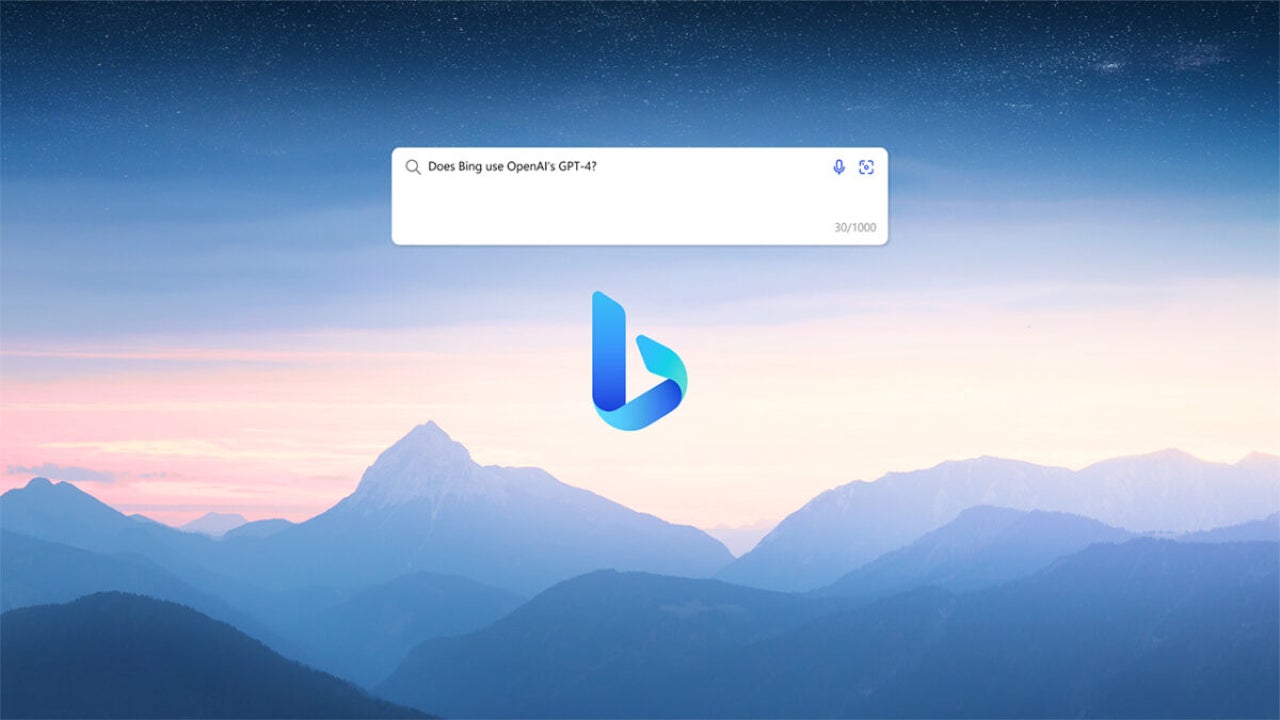News
GPT-4 Takes the World by Storm: Microsoft’s Bing Chatbot is Just the Beginning of Its Revolutionary Impact
We were able to test some of the goodness of GPT-4 before its official release without our knowledge.

- March 16, 2023
- Updated: July 2, 2025 at 2:48 AM

Have you used Bing‘s new chatbot? Although it started off somewhat erratically and Microsoft had to change the usage limitations several times, the AI seems to be working (for now) correctly, with three new conversation modes and fully accessible through the Bing apps and Microsoft Edge on mobile devices. But didn’t you know that the AI behind Microsoft’s chatbot was none other than GPT-4?
GPT-4, the new language model released by OpenAI, was launched this week, with completely new (and improved) features compared to GPT-3, its predecessor, such as “reading” images when processing input data. And shortly after the announcement of this new AI, the big surprise: Microsoft has been using GPT-4 in its Bing chatbot since its launch.
Yusuf Mehdi, Microsoft’s head of consumer marketing, confirmed this in a blog post: “We’re pleased to confirm that the new Bing runs GPT-4, customized for search. If you’ve used the new Bing in preview sometime in the last six weeks, you’ve already gotten a first glimpse of the power of the latest OpenAI model.”

Beyond the confirmation of this data, the news should not catch us by surprise if we take into account the billion-dollar investment that Microsoft has made in OpenAI. This investment gave rise to the Prometheus model, on which the Bing chatbot is based; to Copilot, Microsoft’s AI for enterprise applications; and to the integration of ChatGPT into Azure OpenAI cloud servers.
According to Mehdi, the Bing chatbot will benefit from future OpenAI updates for “GPT-4 and beyond”. In addition to this news, Bing’s CVP, Jordi Ribas, has announced that the daily usage limit for the Bing chatbot has been increased, and that users will now have 15 turns per session, with a maximum of 150 sessions per day.
Publicist and audiovisual producer in love with social networks. I spend more time thinking about which videogames I will play than playing them.
Latest from Pedro Domínguez
- Working from home? Find out what you need to know to keep your devices safe
- Fraudulent Websites Are on the Rise: Here’s How Avast Free Antivirus Keeps You Safe
- Unplug This Summer Without Compromising Your Digital Security — Get Protected with Avast Free Antivirus
- Have You Ever Stopped to Think About How Much Personal Information You Share Online Every Day?
You may also like
 News
NewsVince Gilligan's new series has shattered all viewing records on Apple TV
Read more
 News
NewsStar Citizen is one of the great space video games and its origin is a B-movie
Read more
 News
NewsFallout 4 receives a huge new expansion, although it is not brought to us by Bethesda
Read more
 News
NewsThe Teenage Mutant Ninja Turtles will receive a new live-action movie, although not without some buts
Read more
 News
NewsDragon's Dogma 2 is one of the most divisive games in recent years, it has reached a tremendous sales milestone
Read more
 News
NewsBrendan Fraser is delighted to make a sequel to this movie 20 years later
Read more